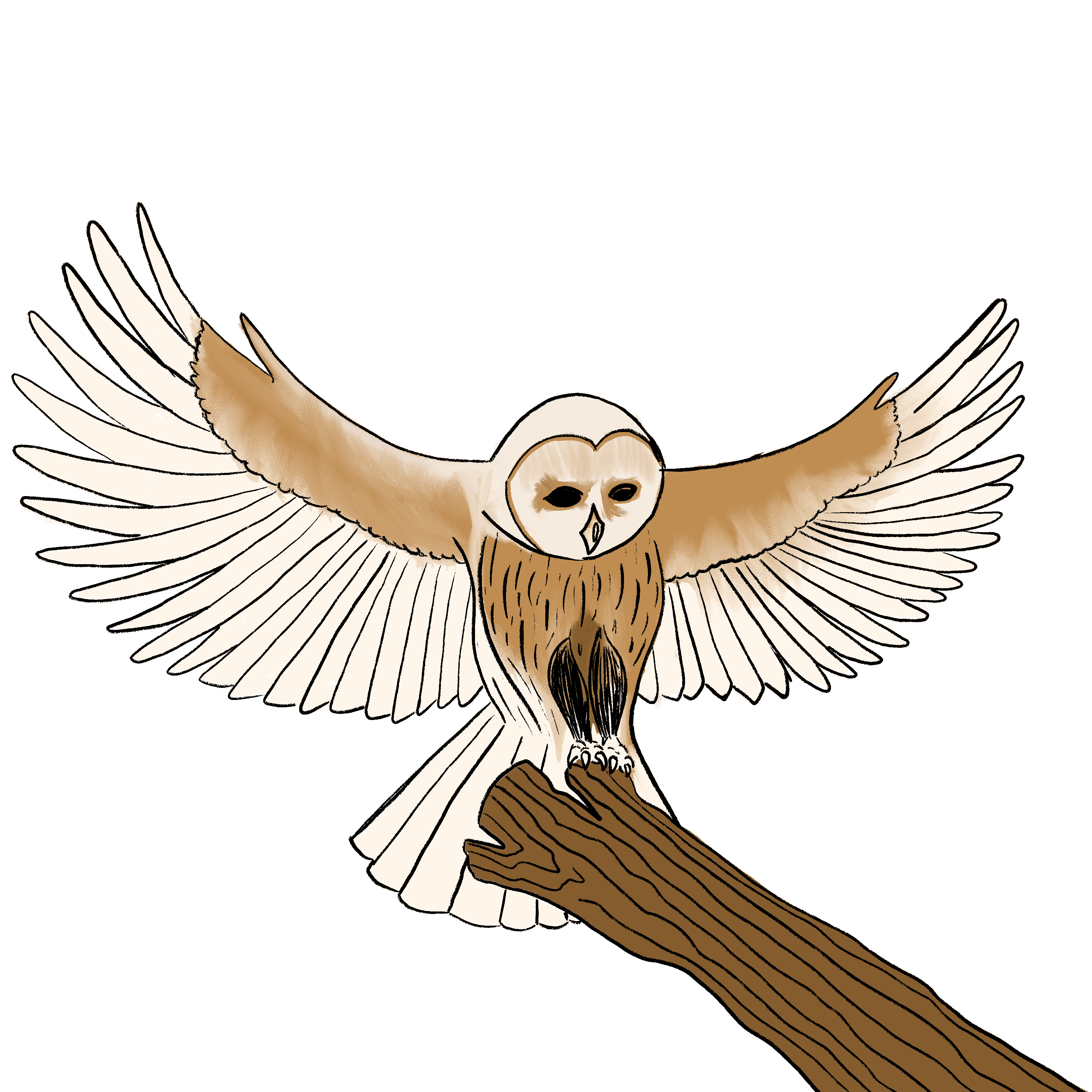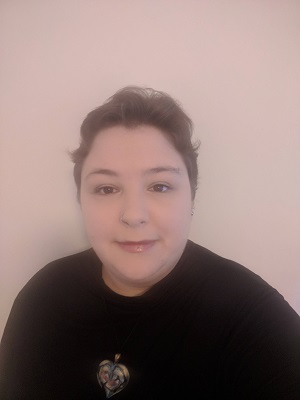
Visioning
By Deborah Barnard on Company culture from October 1, 2020
This article introduces a technique called “visioning”, which can be useful as both a business and personal development practice. It is used by several of us here at KnowledgeOwl, in both our personal and professional lives.
A few weeks ago we published two articles inspired by a training day with ZingTrain: our introduction to servant leadership and some survival tips for virtual events. This is another article inspired by that day, as well as other training that some of the team has attended. It provides a short introduction to the concept and practice of visioning.
What is visioning?
From ZingTrain’s website:
Visioning is a tool that can help clarify what is most important. What success looks like at a particular point in time in the future. A way to define the destination we’re aiming for so that we can better prioritize how to spend our time and other resources (including our physical and emotional energy) on a day-to-day basis. (source)
Visioning is a technique for choosing direction, solving problems, and planning your future, which focuses on what the outcome looks like, rather than getting bogged down in the details and nitty gritty of the problems. Why and how visioning works provides more detail, but briefly:
A vision is not:
A mission statement
A strategic plan
Something a consultant can do for you
Only for leaders
A detailed, tangible picture of a desired future. You should be able to describe what success feels like, looks like, tastes like . . .
Inspiring: it should stretch you, even scare you a little.
Strategically sound: it should be doable, even if difficult. There is a natural tension between this and the previous point.
Documented: writing it out solidifies it.
Communicated: you must share your vision with others.
For more information, check out ZingTrain’s articles on business visioning.
Professional? Personal? Both?
Visions can be used in both your professional and personal life. You can choose whether to write separate visions for each, and perhaps more than that - you can write visions focused on one project, for example. Having multiple visions can be useful, especially when it comes to sharing your vision with others: a team on a particular project needs to understand the vision for that project, and your ten-year life plan may just be a distraction.
However, it is powerful to write a single, holistic vision. Our work is a large and important part of our lives. It’s certainly healthy to maintain balance, and it’s crucial to shut off from work at times. However, if your work is completely detached from who you see as your real or personal self, it can be hard to stay inspired and energized. Worse, if you compartmentalize your visions and find them pulling you in different directions, you may end up achieving none of them.
How to write a vision
Getting started with writing a vision requires nothing more than pen and paper. Allow time and space for the visioning process. It’s an opportunity to think deeply about yourself, your business, your community, and your values. Be honest with yourself: your vision must be your own true desired future, not what you think it “should” be, or what someone else expects from you. Work through the following steps.
Pick your topic and timeframe
For example, “what does it look like to be professionally successful in five years’ time?” Visioning can be used for a range of scenarios and timeframes. You can use it when thinking about your business’s five year goals, or at the start of a six month project, or when entering a new phase of your personal life. For the purposes of the workshop, we were advised to try six months or one year, especially if new to the technique.
Put together a list of things you’ve accomplished that you’re proud of
This gets you into a positive mindset. Don’t overthink this - nothing is too big or too small.
Write the first draft
During the workshop, we had 15 minutes to do this. It should almost be a stream of consciousness. Start writing and keep going, allow words to flow, and don’t edit right now.
Get into your imagined future by writing in the present tense. Write as if you have already accomplished your vision, and experience the feelings that go with it. This helps you test whether this is really your vision (you should feel joyful, that it’s right for you), and adds emotional weight to it, which can inspire and motivate you.
Compare this short example:
Future tense
In five years, I will be sitting drinking coffee, at the start of my working day. I will be in a bright, spacious office, which fosters my creativity. I will have founded my own business, providing digital advertising services. I will be the CEO. I will lead a small team of motivated, talented people. The business will be profitable.
Present tense
It is five years from now. I am drinking coffee at the start of my working day. I am in a bright, spacious office, which fosters my creativity. I have my own business, providing digital advertising services. I am the CEO. I lead a small team of motivated, talented people. The business is profitable.
How did you feel reading the example?
Review and re-draft as much as you need
This is where you do the editing you skipped in the process of writing the first draft. Having this step allows you to write freely when creating the first draft, safe in the knowledge you can edit and polish as much as you want before sharing your vision.
Get input from people with expertise in the things you’re trying to do
This is where it starts to get practical. You can seek out expertise, and people who’ve done what you’re trying to do, to begin to work out how to make it reality.
Start sharing the vision
During the workshop, I was skeptical about this step. Of course you need to share your vision with your team, if you want them to help you pursue it, but for the purposes of a personal vision, or a general life vision, why does it need to be shared? However, I found sharing my vision with others in the workshop (and hearing theirs) very useful. It’s inspiring to hear other people’s visions, and sharing your own can help you reflect on it, as well as gaining perspective from your listeners. They may have questions that highlight which elements are still vague, for instance.
It’s a good idea to share first with people who will be supportive, as a vision can be a very personal thing.
Conclusion
I’d like to end with a few words from the team members who recently did visioning training with ZingTrain, including myself, giving our personal main takeaway:
I was surprised how powerful visioning was. In particular, sharing the vision (which I initially felt was a pointless step for a personal vision) turned out to be really important: for feedback, inspiration and encouragement. - Deborah
I’ve always thought visioning was a cheesy, pollyanna-ish thing, so I was surprised at how much it impacted me. Writing in present-tense may have been the biggest gamechanger--not to be saying I “will have” done things, but to be talking and briefly living in a reality in which I had already done them...it was liberating and, frankly, inspiring. - Kate
My top priority action is to use visioning as a tool for my personal and professional life. I have long wanted to create and share my vision for the company. Starting with a smaller personal vision was helpful in getting me started. Sharing my vision has left me inspired, which I learned means “breathed for action”. And I couldn’t agree more. - Marybeth
This article has offered a brief introduction to visioning. Hopefully, it’s inspired you to give it a try. We’d love to hear how you find the experience, and what amazing visions you come up with!


Writing docs
(251)

General posts useful to all documentarians about writing documentation, editing and publishing workflows, and more.


Feature spotlight
(15)

Your flight plan for how to get the most out of KnowledgeOwl features and integrate them into your workflows.


Announcements
(21)

Major KnowledgeOwl company announcements.


Customer stories
(9)

Learn how others are using KnowledgeOwl & get pro tips on how to make the most of KO!


Company culture
(40)

Find out more about who we are and what we value.


Support
(74)

We believe good support is the foundation of good business. Learn about support tools and methodology.


Tools
(63)

Learn more about tools to solve various documentarian issues, within and beyond KnowledgeOwl.


All
(382)

Not sure what category you need? Browse all the posts on our blog.

Got an idea for a post you'd like to read...or write?
We're always looking for guest bloggers.
Learn moreStart building your knowledge base today
- 30 days free (and easy to extend!)
- No credit card required
- Affordable, transparent pricing
- No cost for readers, only authors
Want to see it in action?
Watch a 5-minute video and schedule time to speak with one of our owls.


